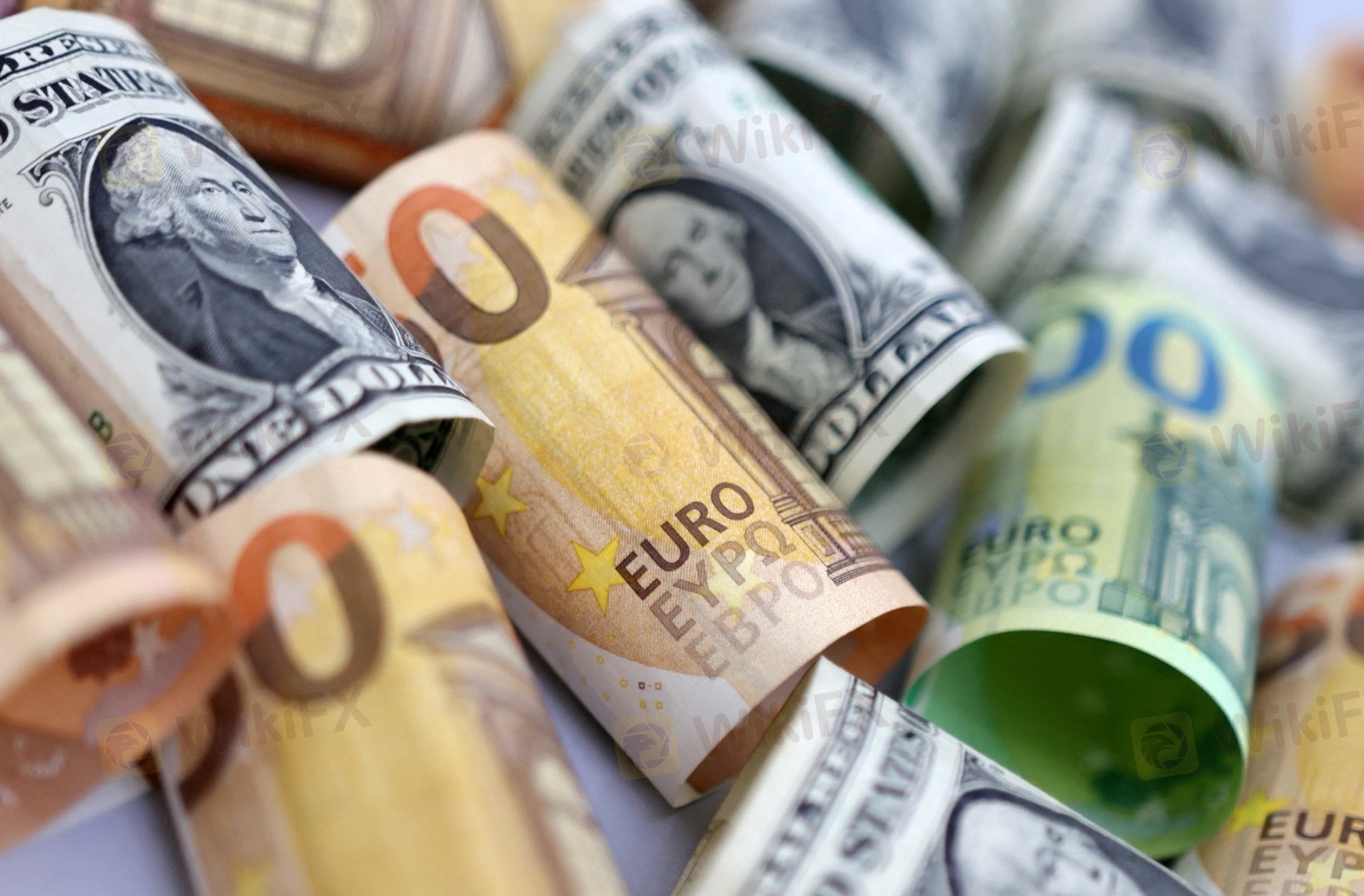
2025-02-21 18:06
ОтраслевойWhy does the dollar sometimes strengthen after a r
#FedRateCutAffectsDollarTrend
Why Does the Dollar Sometimes Strengthen After a Rate Cut?
While lower interest rates typically weaken the U.S. dollar, there are several scenarios where the dollar can actually strengthen after a Fed rate cut. This happens due to market expectations, global risk sentiment, and policy comparisons with other central banks.
1. Market Expectations Were More Dovish Than the Actual Cut
• If markets expected a deeper rate cut (e.g., 50 bps) but the Fed only cuts by 25 bps, the dollar can strengthen because the Fed appears less dovish than anticipated.
• Example: In July 2019, the Fed cut rates by 25 bps, but the dollar strengthened because markets were expecting an even more aggressive easing cycle.
2. Flight to Safety – Global Uncertainty Drives Dollar Demand
• The U.S. dollar is a safe-haven currency during times of economic or geopolitical turmoil.
• If the Fed is cutting rates due to a looming recession or global crisis, investors may still prefer U.S. assets over riskier markets, boosting the dollar.
• Example: In March 2020 (COVID crisis), the Fed cut rates aggressively, but the dollar spiked as investors sought safety in U.S. Treasuries.
3. Other Central Banks Are Cutting Too
• If the Fed cuts rates but other central banks (ECB, BoJ, etc.) are also easing, interest rate differentials may remain stable, preventing the dollar from weakening.
• Example: In 2019, the Fed cut rates three times, but the dollar stayed strong because the ECB and other central banks were also easing.
4. Strong U.S. Economic Fundamentals Relative to Other Countries
• If the Fed cuts rates as a precautionary measure (rather than due to economic weakness), the U.S. economy may still outperform other regions.
• A relatively strong U.S. economy attracts capital flows, supporting the dollar.
• Example: In mid-2019, the Fed cut rates amid trade war concerns, but the U.S. economy was still stronger than Europe’s, keeping the dollar firm.
5. Short-Term Market Positioning & Profit-Taking
• Before a widely expected rate cut, traders may short the dollar in anticipation of weakness.
• After the cut, if the move was already priced in, traders may unwind short positions, leading to a dollar rebound.
Bottom Line
A Fed rate cut typically weakens the dollar, but not always. Factors like market expectations, global
Нравится 0
FX1710908571
Трейдер
Популярные обсуждения
Технический показатель
Розыгрыш Xiaomi Redmi Note 9 и 20-и VIP-подписок
Технический показатель
ВЫСКАЗЫВАНИЯ БАЙДЕНА ДАВЯТ НА ВАЛЮТЫ РАЗВИВАЮЩИХСЯ СТРАН
Технический показатель
Европа заключила совместный контракт на поставку ремдесивира для лечения COVID-19...
Технический показатель
Индия: Решение Резерв. Банка Индии по проц. ставке, 4%, ожидалось 4%...
Анализ котировок
Китай: Индекс деловой актив. в сф. услуг Caixin PMI, Сентябрь, 54,8 п.
Технический показатель
События предстоящего дня: "АЛРОСА" опубликует результаты продаж за сентябрь...
Классификация рынка

Платфоома

Выставка

Агент

Вакансии

EA

Отраслевой

Котировки

Показатель
Why does the dollar sometimes strengthen after a r
 Индия | 2025-02-21 18:06
Индия | 2025-02-21 18:06#FedRateCutAffectsDollarTrend
Why Does the Dollar Sometimes Strengthen After a Rate Cut?
While lower interest rates typically weaken the U.S. dollar, there are several scenarios where the dollar can actually strengthen after a Fed rate cut. This happens due to market expectations, global risk sentiment, and policy comparisons with other central banks.
1. Market Expectations Were More Dovish Than the Actual Cut
• If markets expected a deeper rate cut (e.g., 50 bps) but the Fed only cuts by 25 bps, the dollar can strengthen because the Fed appears less dovish than anticipated.
• Example: In July 2019, the Fed cut rates by 25 bps, but the dollar strengthened because markets were expecting an even more aggressive easing cycle.
2. Flight to Safety – Global Uncertainty Drives Dollar Demand
• The U.S. dollar is a safe-haven currency during times of economic or geopolitical turmoil.
• If the Fed is cutting rates due to a looming recession or global crisis, investors may still prefer U.S. assets over riskier markets, boosting the dollar.
• Example: In March 2020 (COVID crisis), the Fed cut rates aggressively, but the dollar spiked as investors sought safety in U.S. Treasuries.
3. Other Central Banks Are Cutting Too
• If the Fed cuts rates but other central banks (ECB, BoJ, etc.) are also easing, interest rate differentials may remain stable, preventing the dollar from weakening.
• Example: In 2019, the Fed cut rates three times, but the dollar stayed strong because the ECB and other central banks were also easing.
4. Strong U.S. Economic Fundamentals Relative to Other Countries
• If the Fed cuts rates as a precautionary measure (rather than due to economic weakness), the U.S. economy may still outperform other regions.
• A relatively strong U.S. economy attracts capital flows, supporting the dollar.
• Example: In mid-2019, the Fed cut rates amid trade war concerns, but the U.S. economy was still stronger than Europe’s, keeping the dollar firm.
5. Short-Term Market Positioning & Profit-Taking
• Before a widely expected rate cut, traders may short the dollar in anticipation of weakness.
• After the cut, if the move was already priced in, traders may unwind short positions, leading to a dollar rebound.
Bottom Line
A Fed rate cut typically weakens the dollar, but not always. Factors like market expectations, global
Нравится 0
Я тоже хочу высказать замечания.
Задать вопрос
0Комментарии

Пока нет комментариев, оставьте комментарий первым

Задать вопрос
Пока нет комментариев, оставьте комментарий первым